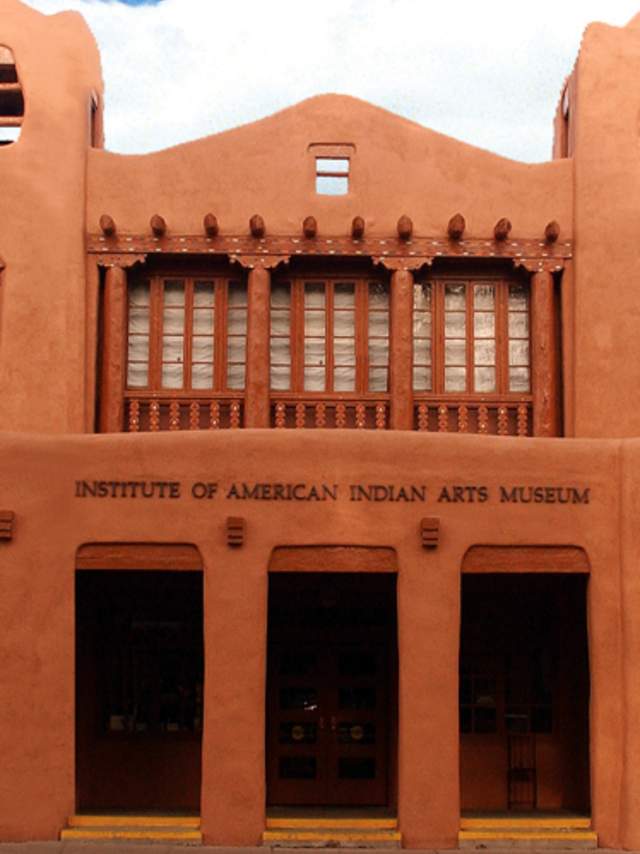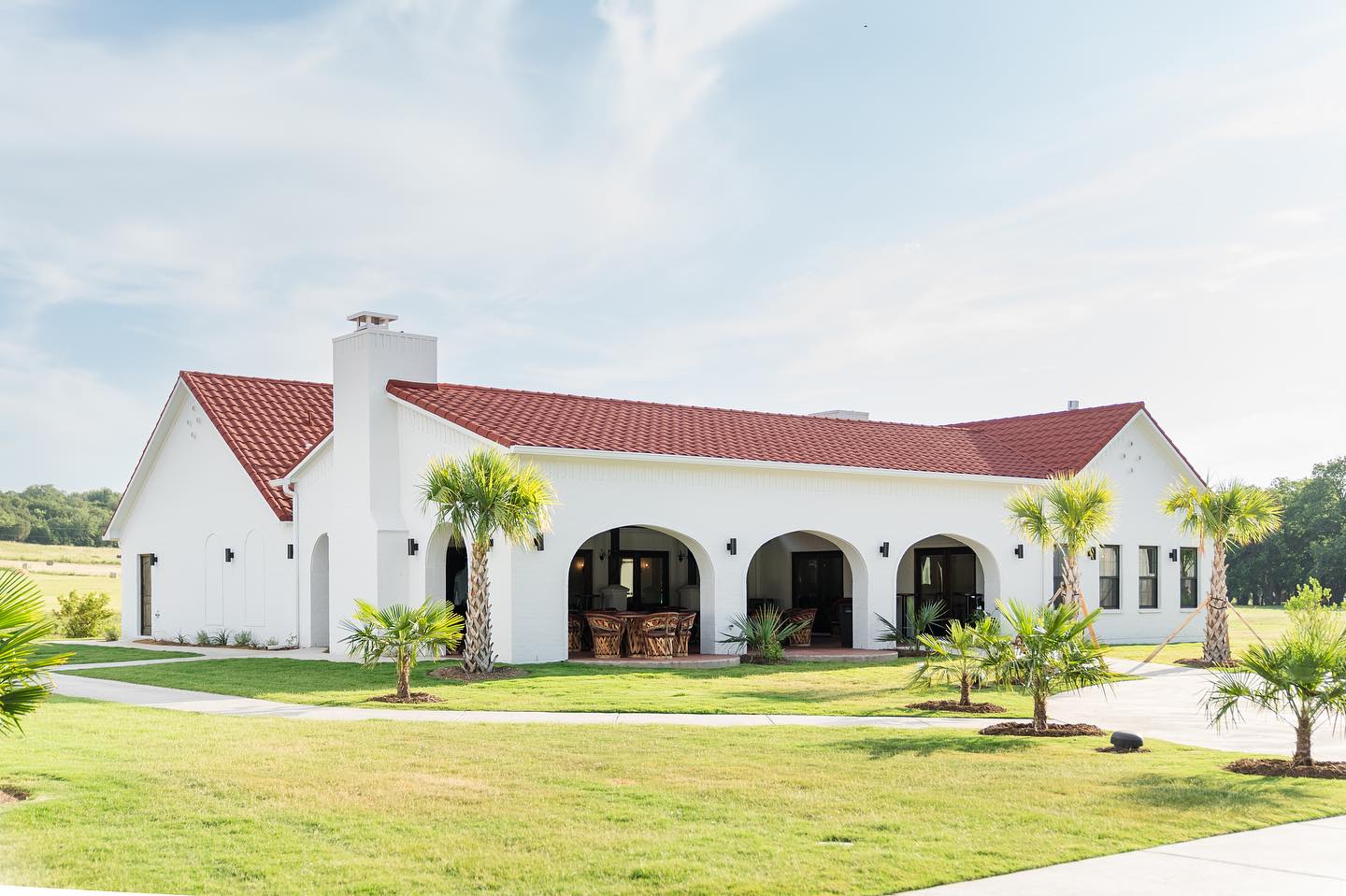
The Symbiotic Relationship: Nearby Hotels and Native American Museums as Pillars of Cultural Tourism
The landscape of cultural tourism is increasingly shaped by the accessibility and integration of heritage sites with their surrounding infrastructure. Among these, Native American museums stand as vital institutions, preserving, interpreting, and celebrating the rich and diverse histories, cultures, and contemporary lives of Indigenous peoples across the Americas. The strategic proximity and nature of nearby hotels to these museums play a critical, multifaceted role, not merely as places of rest, but as integral components that enhance visitor experience, foster economic development, and contribute to the broader mission of cultural understanding and preservation. This essay delves into this symbiotic relationship, exploring its various dimensions from an educational and scientific perspective, akin to an encyclopedia article.
The Evolving Significance of Native American Museums
Native American museums, whether dedicated solely to Indigenous cultures or featuring significant Native American collections within broader institutions, serve as essential educational and cultural touchstones. They are far more than repositories of artifacts; they are dynamic spaces that challenge stereotypes, repatriate ancestral remains and cultural items, support contemporary Indigenous artists, and provide platforms for Native voices to tell their own stories. Institutions like the Smithsonian National Museum of the American Indian (NMAI) in Washington D.C. and New York, the Heard Museum in Phoenix, Arizona, the Eiteljorg Museum in Indianapolis, Indiana, the Wheelwright Museum of the American Indian and the Museum of Contemporary Native Arts (MoCNA) in Santa Fe, New Mexico, and the Autry Museum of the American West in Los Angeles, exemplify this evolving role. Their growing prominence attracts diverse audiences, from academic researchers and cultural enthusiasts to families and international tourists.
The Strategic Importance of Proximity and Accommodation

The presence of nearby accommodations is not a mere convenience; it is a strategic element that profoundly influences the efficacy and impact of these museums. This influence can be categorized into several key areas:
1. Enhancing Visitor Experience and Accessibility
- Convenience and Time Maximization: Proximity to hotels significantly reduces travel logistics and time, allowing visitors to dedicate more time and energy to museum exploration. For institutions with extensive collections or multi-day programs, easily accessible lodging enables deeper engagement and multiple visits without the burden of long commutes.
- Accessibility for Diverse Audiences: Nearby hotels cater to a wide spectrum of visitors, including those with mobility challenges, families with young children who require flexible schedules, and elderly visitors who benefit from reduced travel fatigue. Academic researchers or participants in conferences often prioritize hotels that minimize travel time, allowing them to focus on scholarly pursuits.
- Immersion and Contextual Learning: Staying close to a Native American museum can foster a sense of immersion. Visitors might choose hotels that reflect local architectural styles, Indigenous artistic motifs, or are situated within historical districts, further enriching their cultural experience beyond the museum walls. This proximity allows for a more comprehensive and contextual understanding of the Indigenous cultures being presented.
- Facilitating Educational Tourism: For school groups, university students, and specialized tour groups, nearby hotels are indispensable. They streamline group logistics, reduce costs associated with transportation, and provide a secure and convenient base for educational excursions. This is particularly crucial for institutions located in urban centers or remote cultural landscapes.
2. Economic Impact and Cultural Tourism Development

- Direct Revenue Generation: Hotels directly benefit from museum tourism through room bookings, food and beverage sales, and associated services. This revenue, in turn, supports local employment in the hospitality sector.
- Stimulating Local Economies: The influx of museum visitors staying in nearby hotels extends its economic reach to local restaurants, shops, transportation services, and other businesses. This "multiplier effect" ensures that tourism dollars circulate within the community, supporting a wider range of enterprises.
- Destination Marketing and Collaboration: Museums and hotels often engage in symbiotic marketing efforts. Hotels might offer packages that include museum admissions, while museums can recommend nearby accommodations. This collaboration strengthens the destination’s appeal, positioning the area as a hub for cultural tourism focused on Indigenous heritage.
- Supporting Indigenous Entrepreneurship: In some regions, Indigenous-owned hotels or resorts are strategically located near Native American cultural centers or museums. This direct support for Indigenous businesses further enhances the economic benefits for Native communities, aligning tourism with principles of self-determination and economic sovereignty.
Typologies of Nearby Hotels and Their Relevance
The types of hotels found near Native American museums vary widely, reflecting the museum’s location, target audience, and local economic landscape. Each typology offers distinct advantages:
- Luxury and Boutique Hotels: Often found in major urban centers or popular tourist destinations (e.g., Washington D.C. near NMAI, Santa Fe near MoCNA), these hotels cater to discerning travelers seeking high-end amenities, personalized service, and often culturally themed decor. Their proximity allows for an elevated and comfortable cultural exploration.
- Mid-Range and Chain Hotels: These provide reliable, accessible, and often more budget-friendly options, appealing to families, school groups, and general tourists. Their presence ensures that cultural experiences are accessible to a broader demographic, facilitating widespread engagement with Native American heritage.
- Indigenous-Owned and Operated Accommodations: These are particularly significant. Found near tribal lands, casino resorts, or cultural centers (e.g., some hotels near the Heard Museum in Phoenix, or resorts in Oklahoma near various tribal museums), these establishments offer unique cultural immersion opportunities. They often feature Indigenous art, architecture, and cuisine, providing an authentic extension of the museum experience while directly benefiting Native communities.
- Historic Hotels: In areas with rich historical contexts, hotels that are themselves historic landmarks can provide a deeper sense of place and connection to the past. Their proximity to museums can create a cohesive historical narrative for visitors.
- Eco-Friendly and Sustainable Stays: Increasingly, visitors seek accommodations that align with sustainable and ethical travel principles. Hotels adopting such practices resonate particularly well with the often deeply spiritual and land-connected philosophies present in many Indigenous cultures.
Case Studies: Illustrative Examples
- Washington D.C. – National Museum of the American Indian (NMAI): Situated on the National Mall, NMAI benefits from a plethora of hotels ranging from luxury (e.g., Mandarin Oriental, Waldorf Astoria) to mid-range chains (e.g., Marriott, Hilton) within walking distance or a short metro ride. This urban concentration of lodging facilitates multi-day visits to the NMAI alongside other Smithsonian institutions, making it a prime destination for educational and cultural tourism.
- Phoenix, Arizona – Heard Museum: Located in a vibrant cultural district, the Heard Museum is surrounded by upscale resorts (e.g., Arizona Biltmore, The Camby) and boutique hotels that often incorporate Southwestern and Indigenous design elements. These hotels cater to visitors seeking a resort experience combined with deep cultural engagement, often offering shuttle services or packages tied to the museum. The presence of nearby tribal casinos also offers Indigenous-owned lodging options.
- Santa Fe, New Mexico – Museum of Contemporary Native Arts (MoCNA) & Wheelwright Museum: Santa Fe is renowned for its unique blend of Indigenous, Hispanic, and Anglo cultures. Hotels here, from historic inns (e.g., La Fonda on the Plaza) to luxury resorts and boutique stays, often feature Pueblo Revival architecture, Native American art, and culinary experiences. Their proximity to MoCNA, the Wheelwright, and other Native American cultural sites like Bandelier National Monument, creates an immersive cultural corridor that is highly appealing to artists, scholars, and cultural tourists.
- Indianapolis, Indiana – Eiteljorg Museum: As part of the White River State Park, the Eiteljorg benefits from downtown Indianapolis hotels catering to convention-goers, families, and business travelers. Its urban location allows for easy access to a range of accommodation options, ensuring that its extensive collections of Native American and Western art are accessible to a broad audience visiting the city.
Considerations and Future Directions
While the benefits are clear, the relationship between hotels and Native American museums also necessitates careful consideration:
- Ethical Tourism: Hotels and tour operators should promote respectful and ethical engagement with Indigenous cultures, avoiding appropriation and ensuring that tourism benefits Native communities directly.
- Collaboration with Indigenous Communities: The most impactful relationships are forged through genuine collaboration with local Indigenous communities, ensuring that hotel development and tourism promotion align with Native values and priorities.
- Sustainability: Hotels near these cultural sites should prioritize sustainable practices, minimizing environmental impact and contributing positively to the local ecosystem, a principle often deeply resonant with Indigenous worldviews.
- Authenticity and Representation: Hotels can go beyond mere proximity by actively incorporating authentic Indigenous art, design, and cultural programming (with proper consultation and compensation), thereby extending the educational mission of the museums.
Conclusion
The strategic interplay between Native American museums and their nearby hotels is a cornerstone of effective cultural tourism. Beyond providing essential lodging, these accommodations amplify the museums’ mission by enhancing visitor accessibility, deepening cultural immersion, and stimulating local economies. As interest in Indigenous cultures continues to grow, fostering this symbiotic relationship through ethical practices, genuine collaboration, and a commitment to authenticity will be paramount. It ensures that the journey of understanding and appreciating Native American heritage is not only educational and profound but also comfortable, accessible, and economically beneficial for all stakeholders, particularly the Indigenous communities whose stories are being shared.


